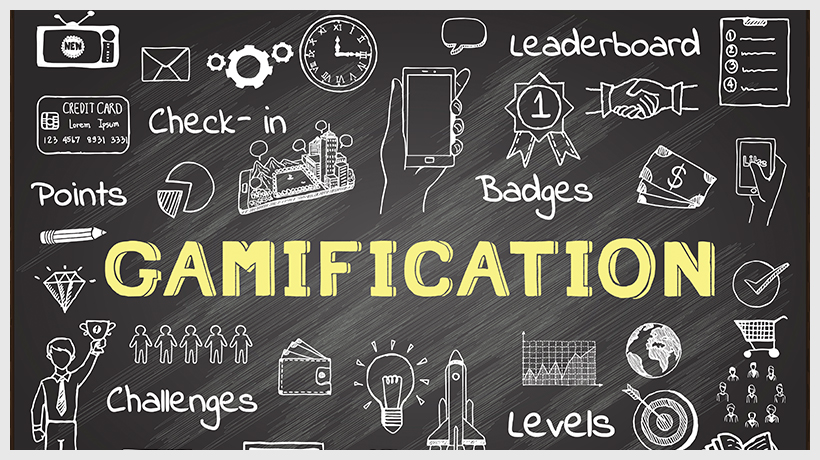
The reason for training is to change employee behavior in the workplace and only true learning results in behavior change. However, learning is not an event but a process, and changing behavior requires more than surface learning objectives and one-time-event training. Take a look at the strategies that can help you change employee behavior in the workplace.
How Can L&D Teams Identify the Right Approaches to Drive Change in Employee Behavior in the Workplace?
Employee behavior in the workplace is what drives the success or failure of any business. Company culture is made up of the small everyday actions of employees. Culture eats strategy every time and modifying employee behavior is key to creating a healthy corporate culture.
Without changing employee behavior in the workplace, training efforts are done in vain. It results in wasted time – either spent in eLearning modules or face-to-face and virtual classrooms. It’s a waste of time for those who consume as well as those who design, develop, and deliver the training.
Instead, L&D teams should look beyond just delivering training and seek to modify employee behavior in the workplace.
- One way to begin this process is to identify behaviors that drive key business metrics and results. Training solutions that seek to change employee behavior in the workplace should be based on learning outcomes founded on those desired behaviors.
- L&D teams can work with key stakeholders and subject matter experts to compare desired behaviors with current behaviors and identify the performance gap. Once the correct behaviors have been identified, training solutions that seek to modify them can be developed.
- Next, L&D professions, working as performance consultants, can collaborate with stakeholders to identify the most effective actions to modify employee behavior. It might be as simple as a hard-copy job aid in each employee’s inbox or as complex as blended programs that include messages from the executive team, live classes, and workshops, followed by microlearning nudges and reminders of the desired behavior change.
As we know, high-performing employees consistently demonstrate behavior that drives key business metrics, tactics, and strategy. Using learning strategies that modify employee behavior in the workplace can mold high-potential employees into high-performing employees. Creating an environment that drives healthy behavior lifts the performance of not just high potentials but the behaviors of everyone. In fact, low-performing employees can be socially encouraged to modify their behavior as well.
What Are the Key Measures That Can Enable Behavior Change in Employees?
In any endeavor to change and improve employee behavior in the workplace, starting with the “why” is vital. When employees understand why their behavior should change, they’re more willing to learn and practice new procedures, practices, as well as explore new innovative ways to accomplish corporate goals.
Here are 5 measures that will help you successfully bring in change in employee behavior.
- Experiential learning, where employees are immersed in simulations, role-plays, and case studies, create an atmosphere that is highly conducive to behavior change. It gives employees a safe place to practice new behaviors, identifying where they need additional practice, receive healthy feedback, and practice again.
- Feedback is vital to any effort to modify employee behavior in the workplace. Without feedback, employees don’t know when their behavior is incorrect. Managers, supervisors, change managers, training teams, and coaches play a vital role in the feedback loop.
- After receiving feedback, employees should have the opportunity to follow-up, ask questions, and try again. Employees that can iterate are more likely to achieve desired behavior changes.
- While active coaching and feedback is useful, small nudges throughout the flow of work can also be effective.
-
- Strategically placed microlearning opportunities can serve as reminders for employees, helping to modify their behavior.
- Short videos and infographics shared through email or a corporate social learning platform will refresh learned behaviors from more formal training opportunities.
- Modeling by executive sponsors and champions also serve as an effective method of changing employee behavior in the workplace. Blended with microlearning events, follow-on messages from leaders will remind employees of expected behaviors and can help modify existing norms, socially rewarding appropriate actions, and prohibiting undesired behaviors.
All these actions lead to new behavior that rewires the human brain, creating new neural pathways, which lead to healthier habits. Once the behavior becomes a habit, it gets engrained in day-to-day actions and employee behavior in the workplace.
What Learning Strategies Can You Adopt to Drive Behavior Change?
There are several strategies that lead to modifying employee behavior in the workplace, including the following:
- Leveraging a learning and performance ecosystem. Within this ecosystem, microlearning, formal training, nudges, practice, feedback, and experiential learning are natural and expected.
- Within the learning and performance ecosystem, microlearning and mobile apps create a social learning space. This serves as positive reinforcement for correct behaviors.
- Mobile learning, especially for employees in younger generations, is natural and an effective way to continue learning experiences, enhancing behavior change. Mobile apps, in particular, can strategically nudge and remind employees of desired behaviors and can be used for gamified learning opportunities as well.
- Blended learning. In a healthy learning ecosystem, blended learning solutions that incorporate coaching and mentoring sessions serve as an additional nudge to change behavior.
- Cohort learning, or experiencing learning in small groups, creates additional accountability for employees as they seek to improve behavior. Learners within cohorts can serve as peer-coaches, following-up with each other, providing support, and giving feedback.
While modifying employee behavior in the workplace should be the goal of any training solution, the strategies and practice articulated above will help accelerate that change. Without behavior change, training is a waste of time. It should be the only goal of corporate training, turning learning events into an extended experience.



